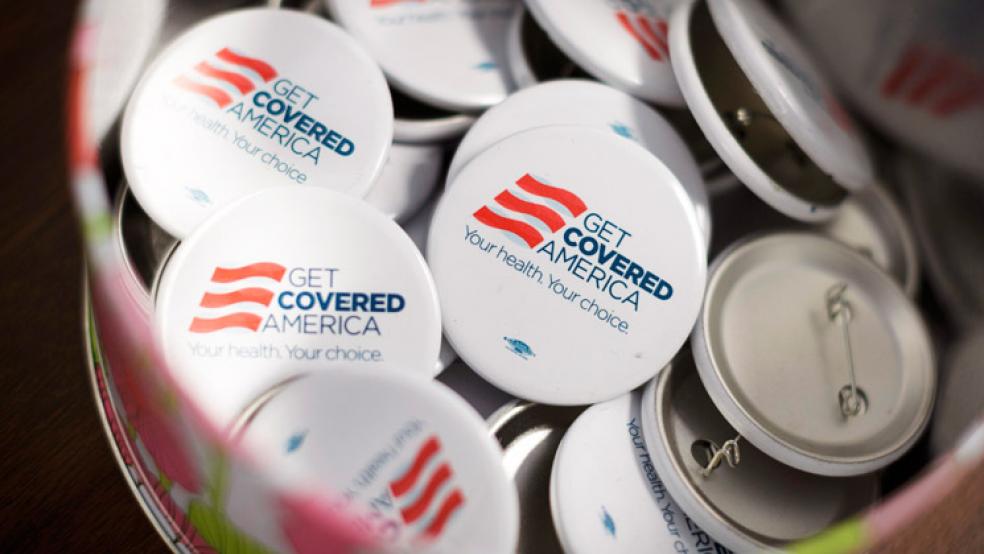The Blue Cross and Blue Shield Association just released a new study that helps explain why some big health insurers are struggling to make money under Obamacare — and have jacked up premiums in many cases.
The insurance giant’s newly covered customers were sicker, required more care and had higher medical costs than individuals who were already covered.
Blue Cross looked at the medical services used by people who enrolled in its plans before and after the implementation of the Affordable Care Act in 2014. The study was based on claims for 4.7 million people.
Related: Affordable Care Act Hasn’t Made Health Care Affordable, Study Finds
Compared to the company’s previously insured population, new enrollees in individual Blue Cross and Blue Shield health plans in 2014 and 2015 were found to have higher rates of certain conditions and diseases, including hypertension, diabetes, depression, coronary artery disease, human immunodeficiency virus (HIV) and Hepatitis C.
HIV was more than three times as common among newly enrolled customers compared to those who already had coverage, the report found. Hepatitis C was more than twice as common.
The relatively poor health of people enrolled under Obamacare is not surprising given that many of the newly covered had gone without health insurance before and thus were not able to get medical treatment for their illnesses. That history also helps explain why newly enrolled consumers in 2014 and 2015 also used more medical services than those who had purchased coverage prior to 2014. In the first nine months of 2015, new enrollees filled 35 percent more prescriptions than those who had purchased coverage prior to 2014. Hospital admission rates jumped 84 percent higher, the report found, and the frequency of visits to doctors and other medical professionals shot up by 26 percent.
Related: Millions Face Premium and Deductible Sticker Shock Under Obamacare
Insurers expected the newly enrolled would be more expensive to cover, but Blue Cross and others underestimated just how much more expensive they would be and how much more medical care the new customers would need.
The result, in many cases, has been a spike in premiums: Blue Cross plans have seen substantial rate hikes. “As we see increases in uses of services, the premium has to go up to cover the services,” says Alissa Fox, vice president of policy at the insurer.

One hope is that, as these newly insured get treated for their most urgent and long-standing medical issues, they will require somewhat less, or less expensive, care going forward.
But the Blue Cross data also serves as a reminder of why it was important for Obamacare’s success that a large pool of people — healthy and unhealthy, young and old — signed up for coverage, as a way to keep a lid on cost increases. And the Congressional Budget Office projected in a report issued last week that about 12 million people will get their insurance through Obamacare exchanges this year, down from a projected 13 million as of January and a forecast of 21 million a year ago.
Those numbers, combined with the figures from Blue Cross and Blue Shield, suggest that the painful Obamacare transition period for insurers will last a while longer.





